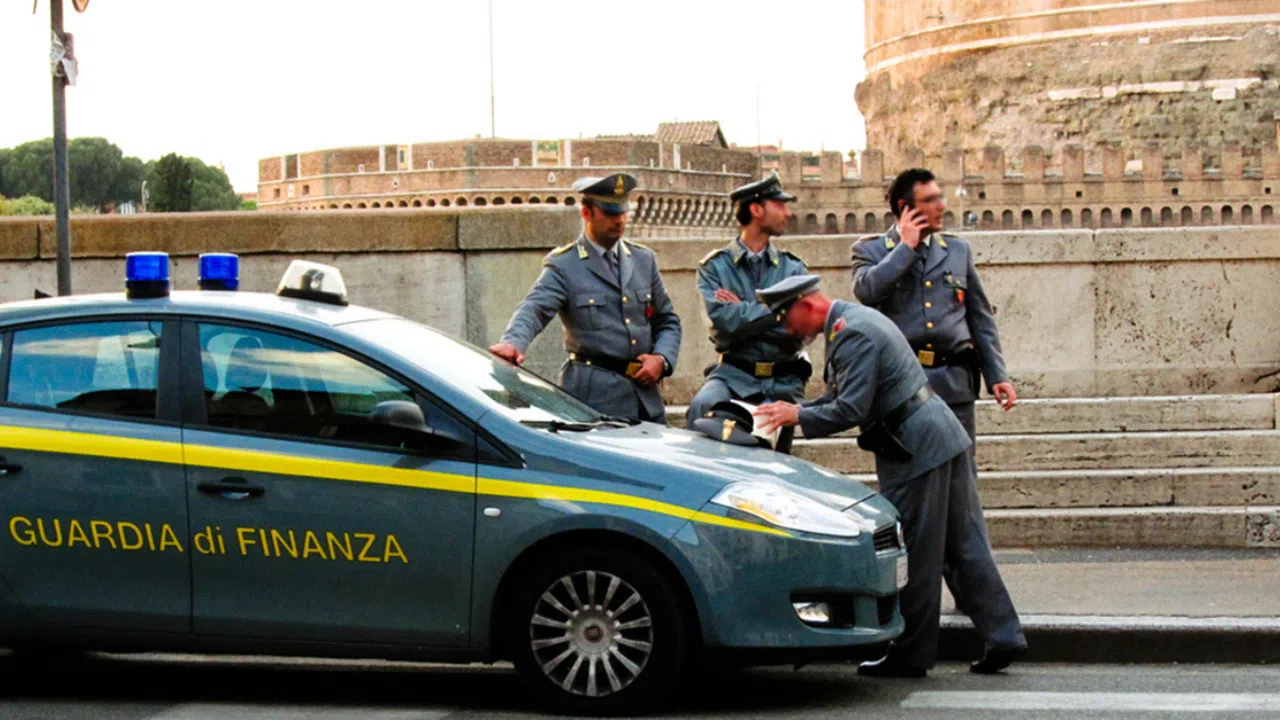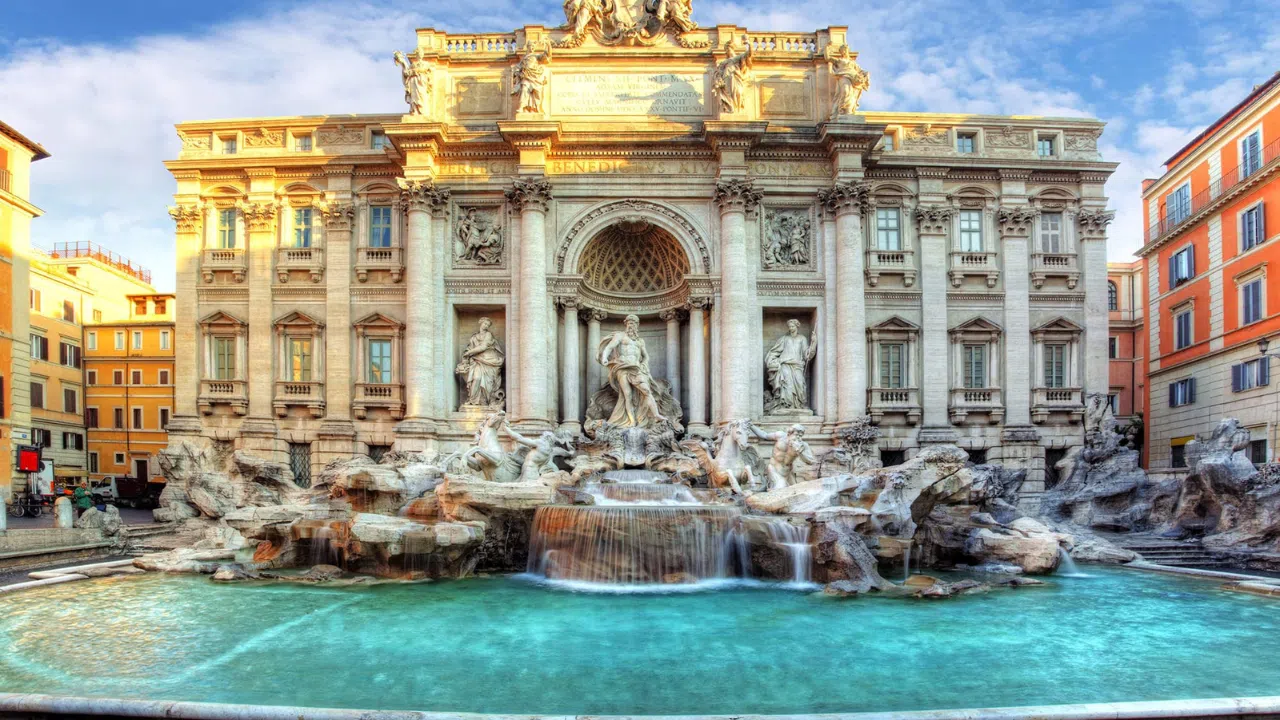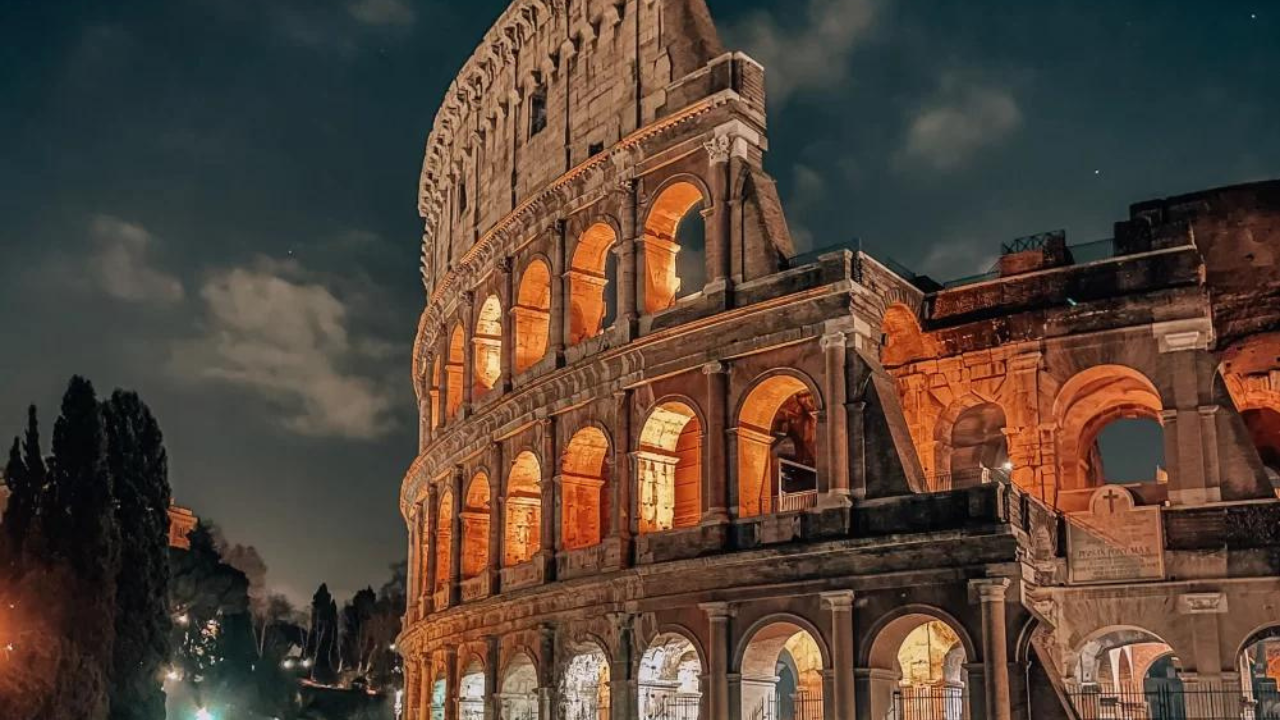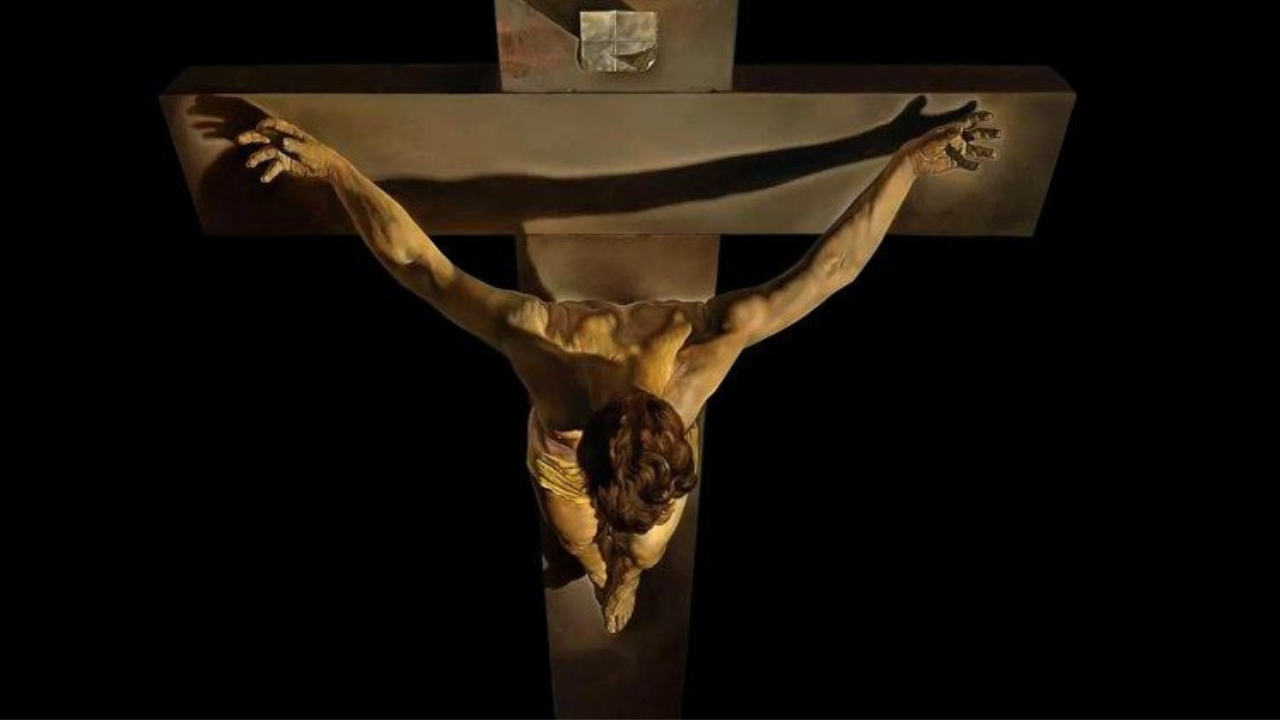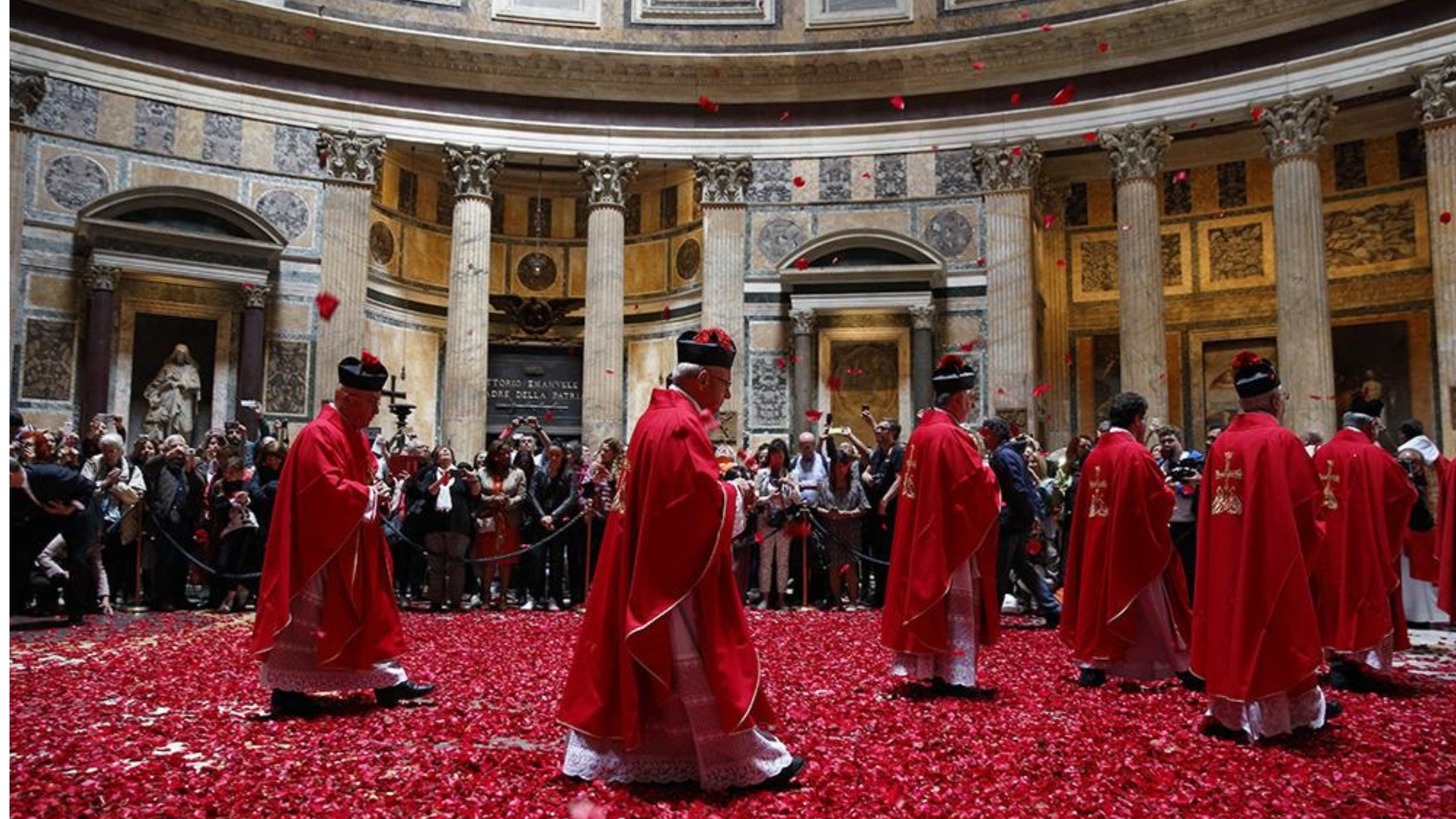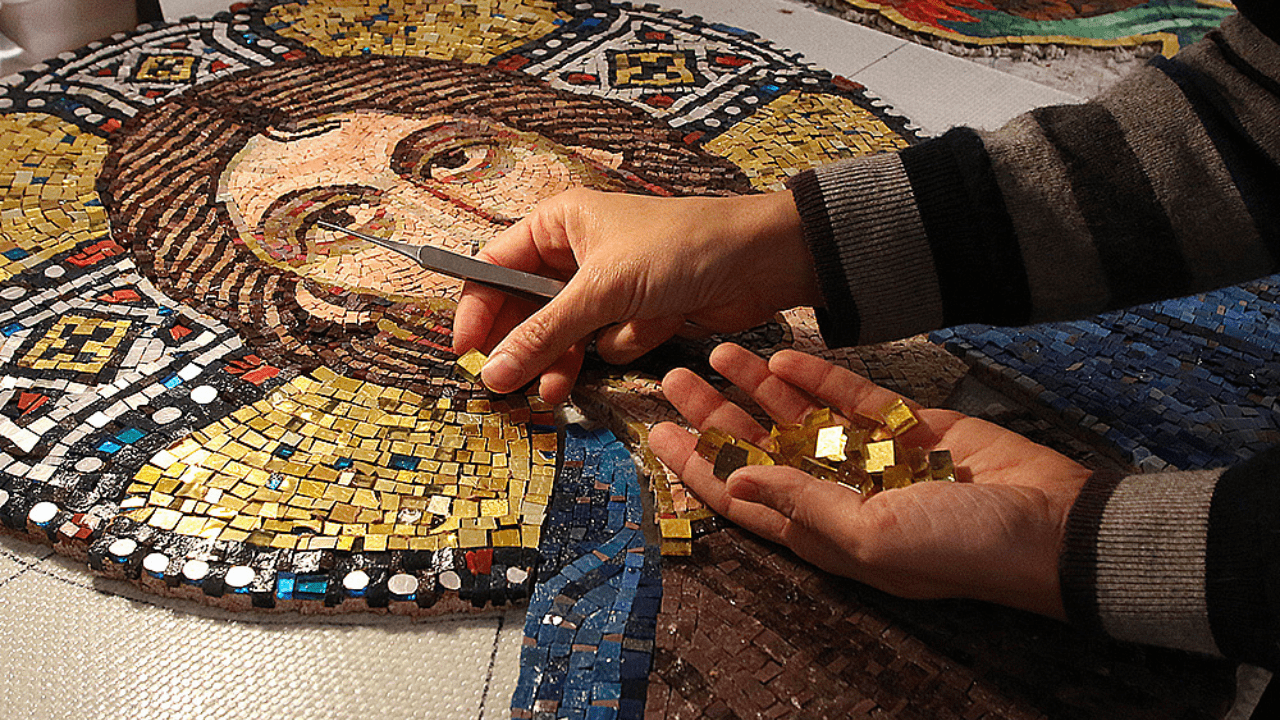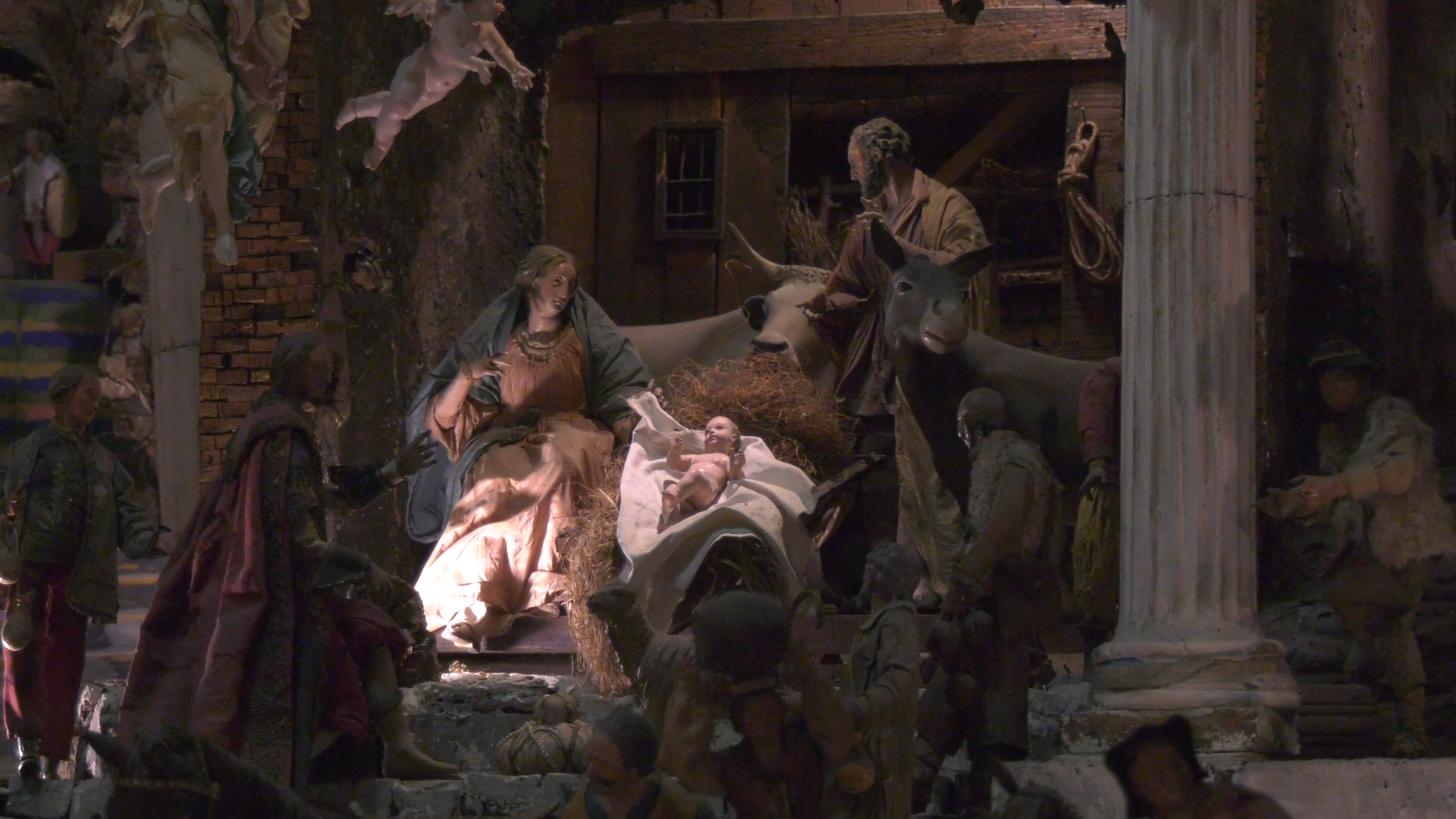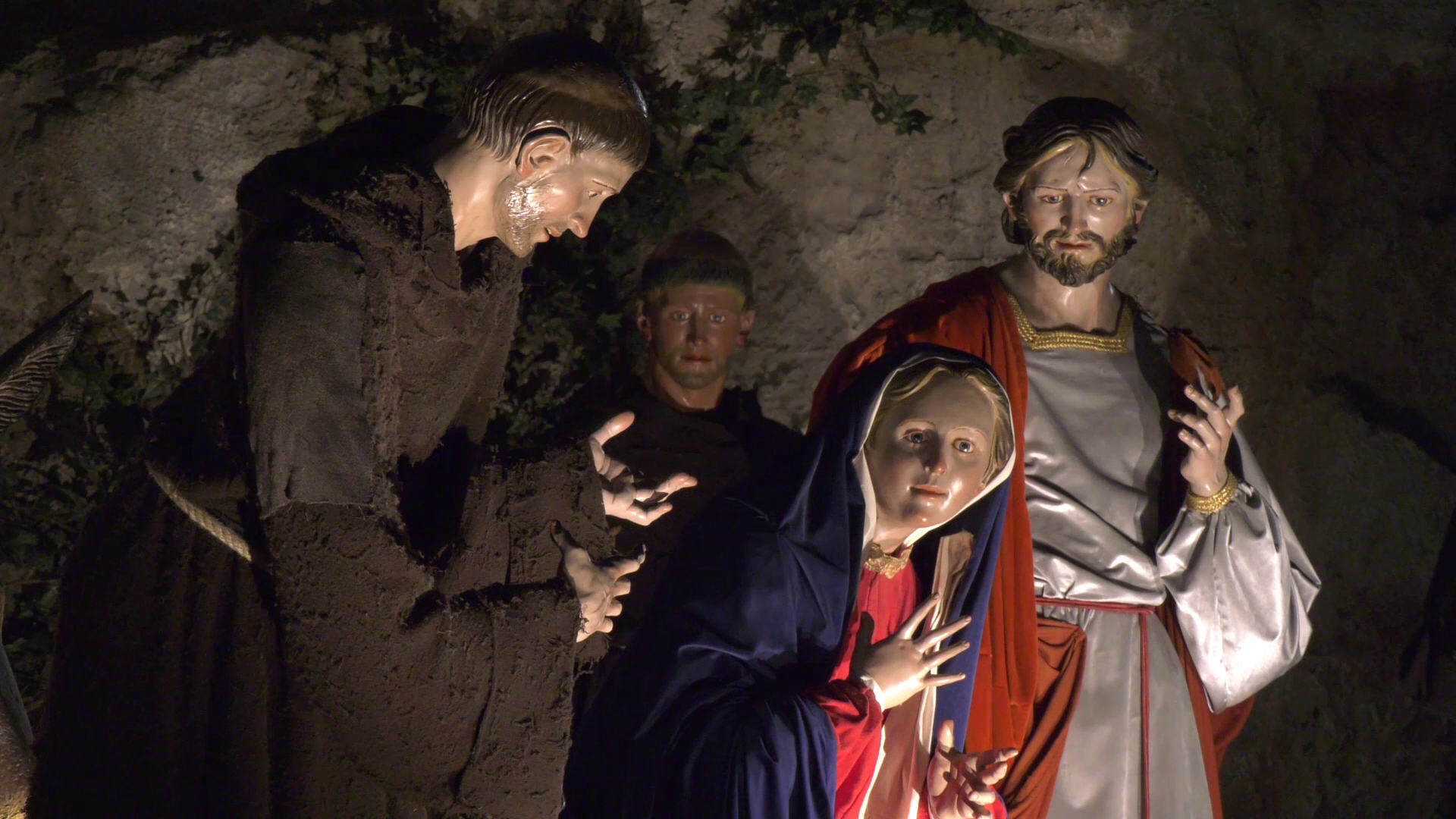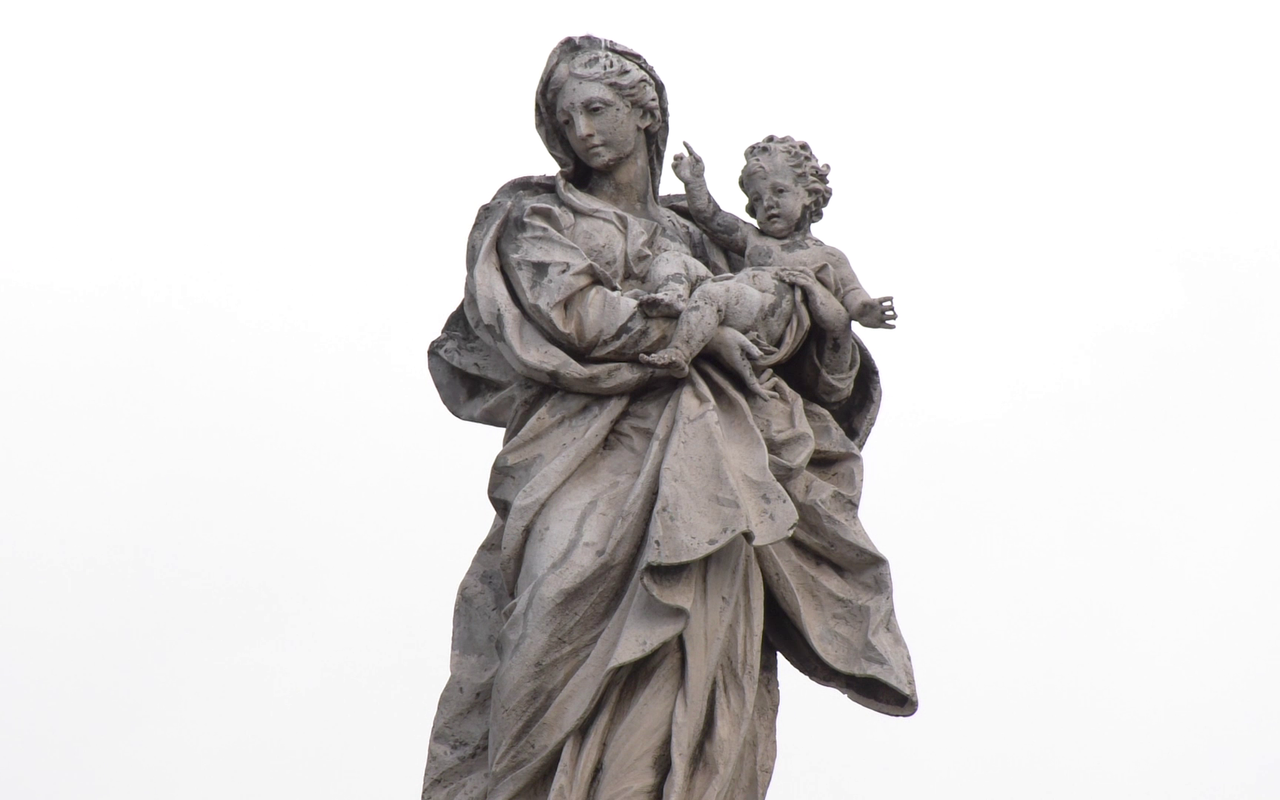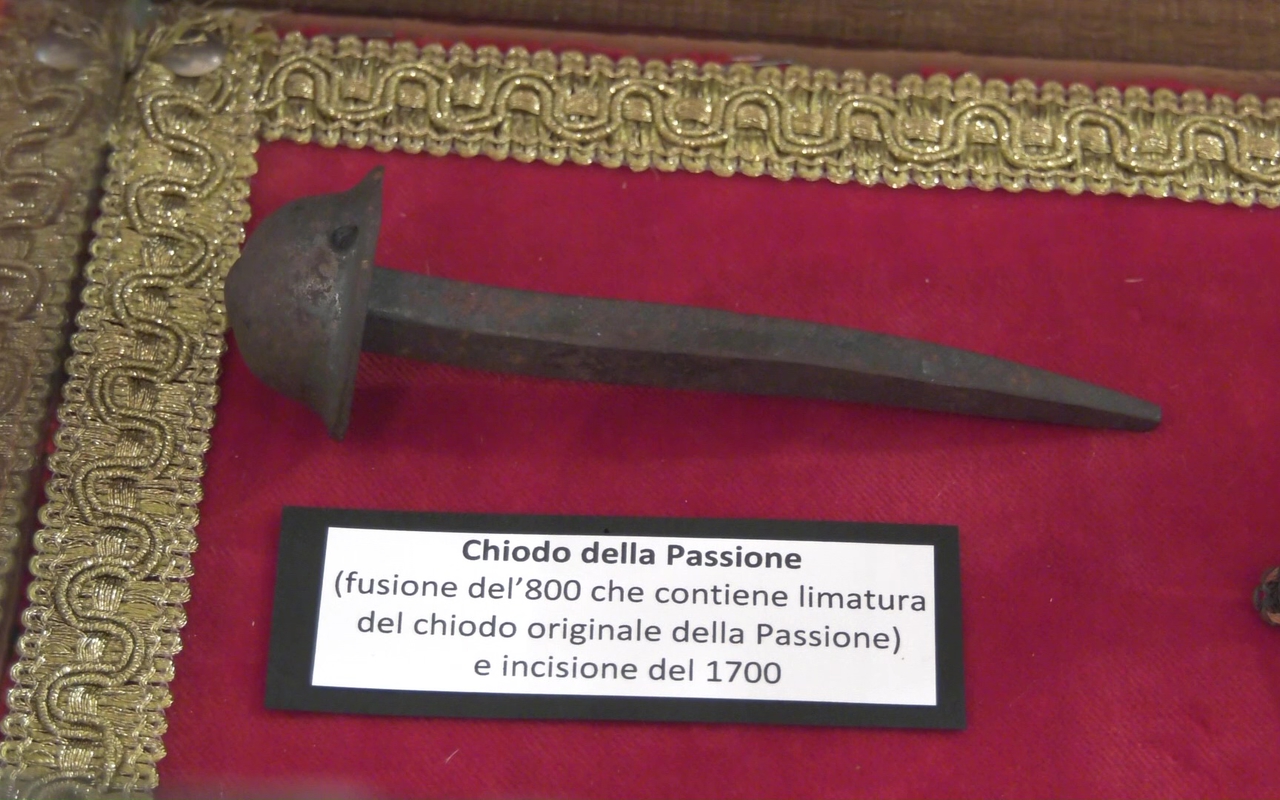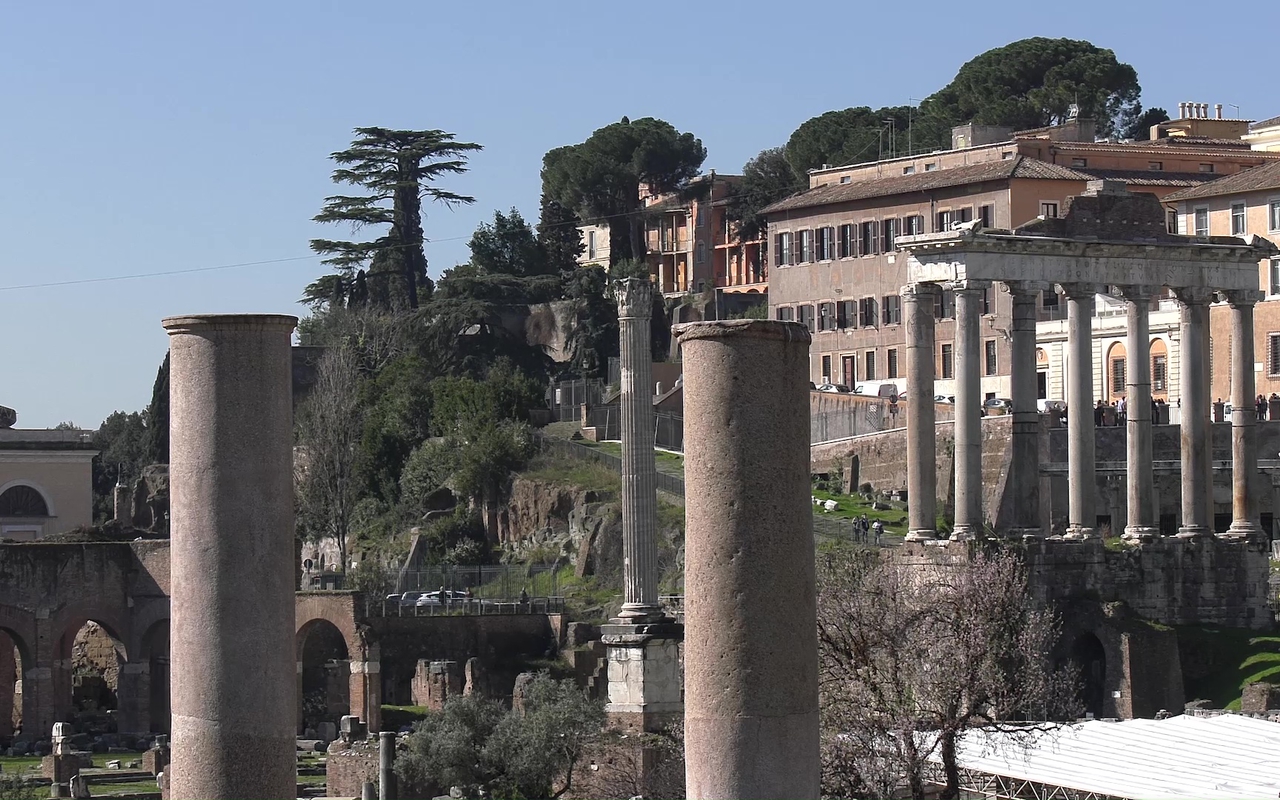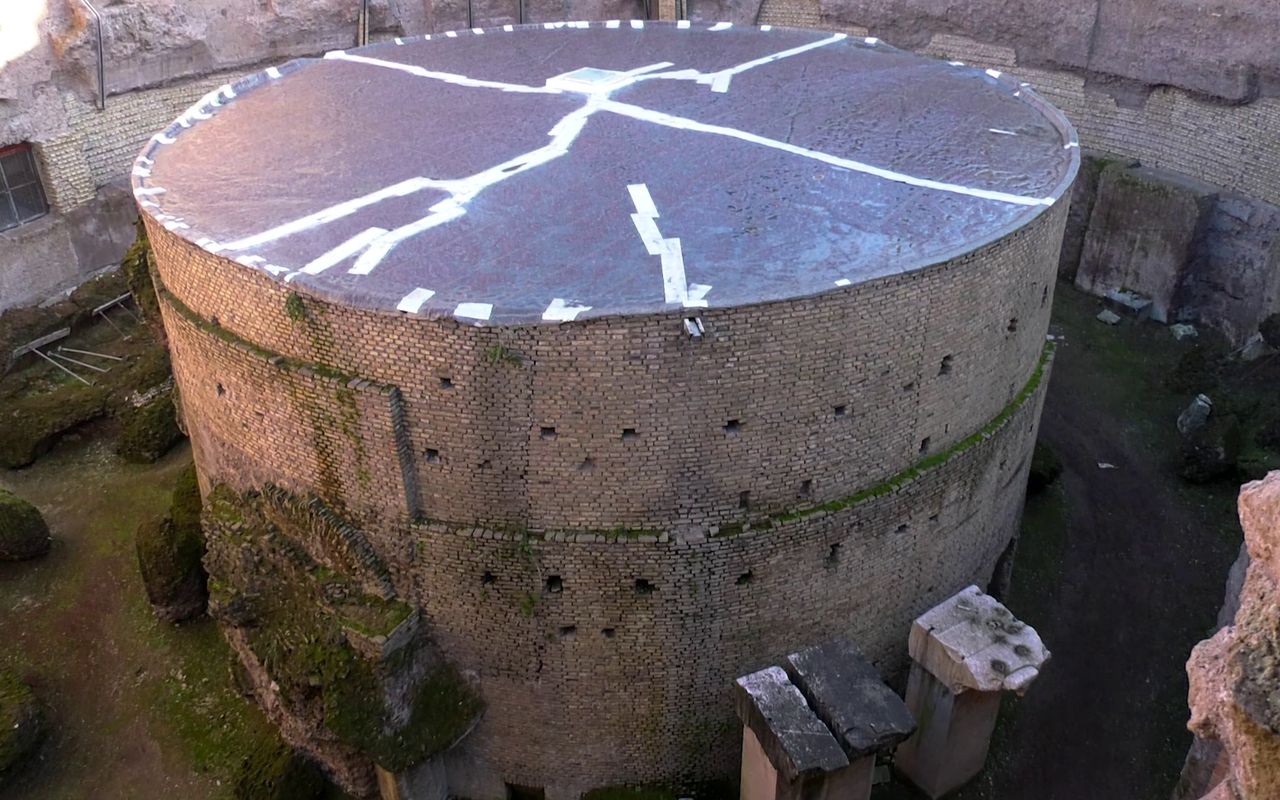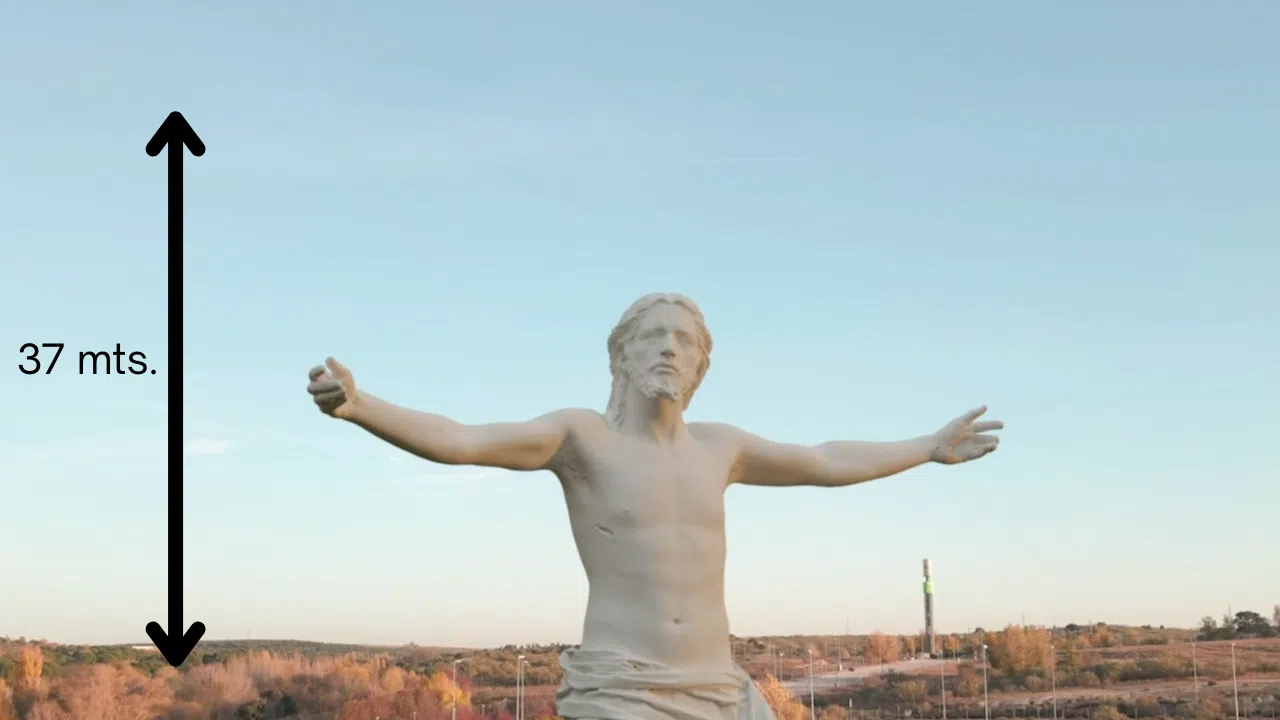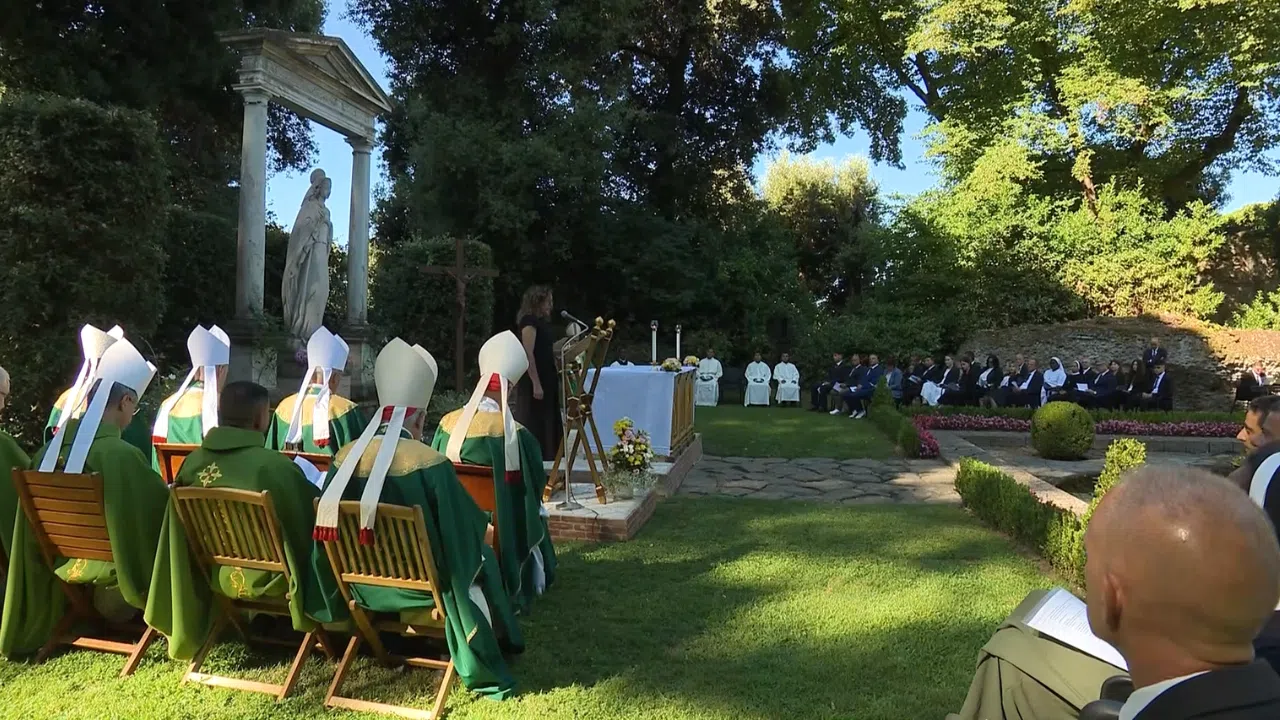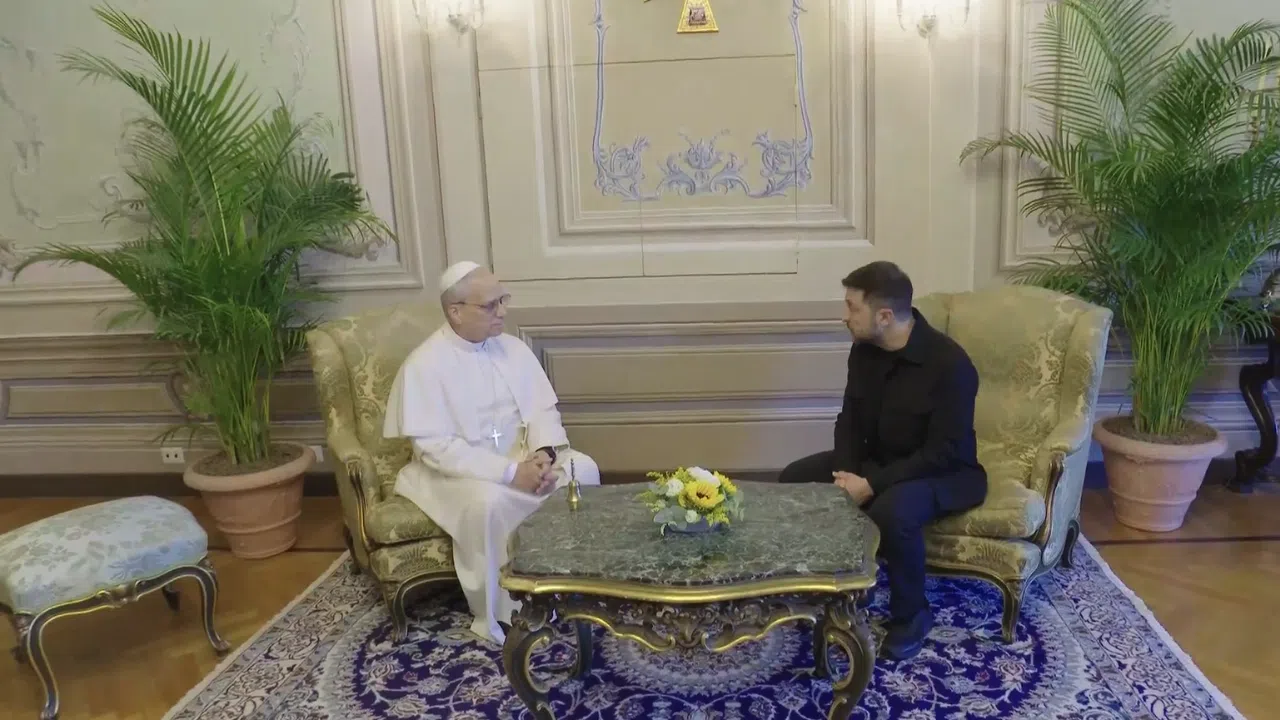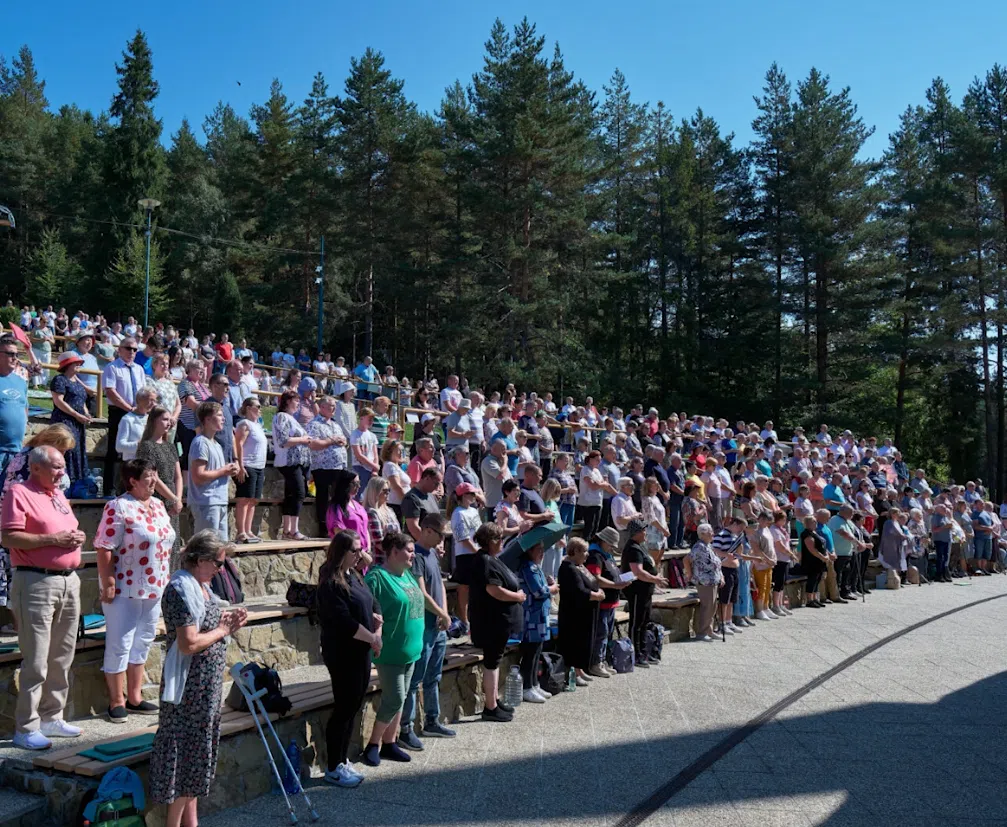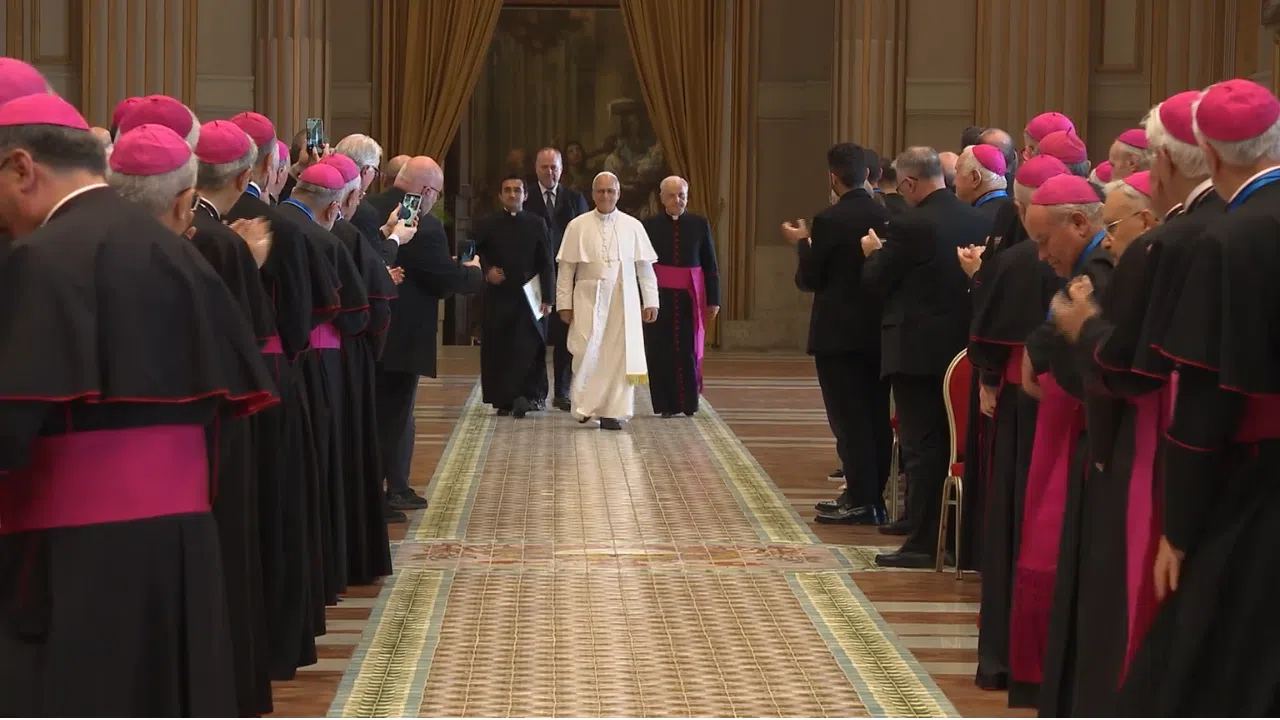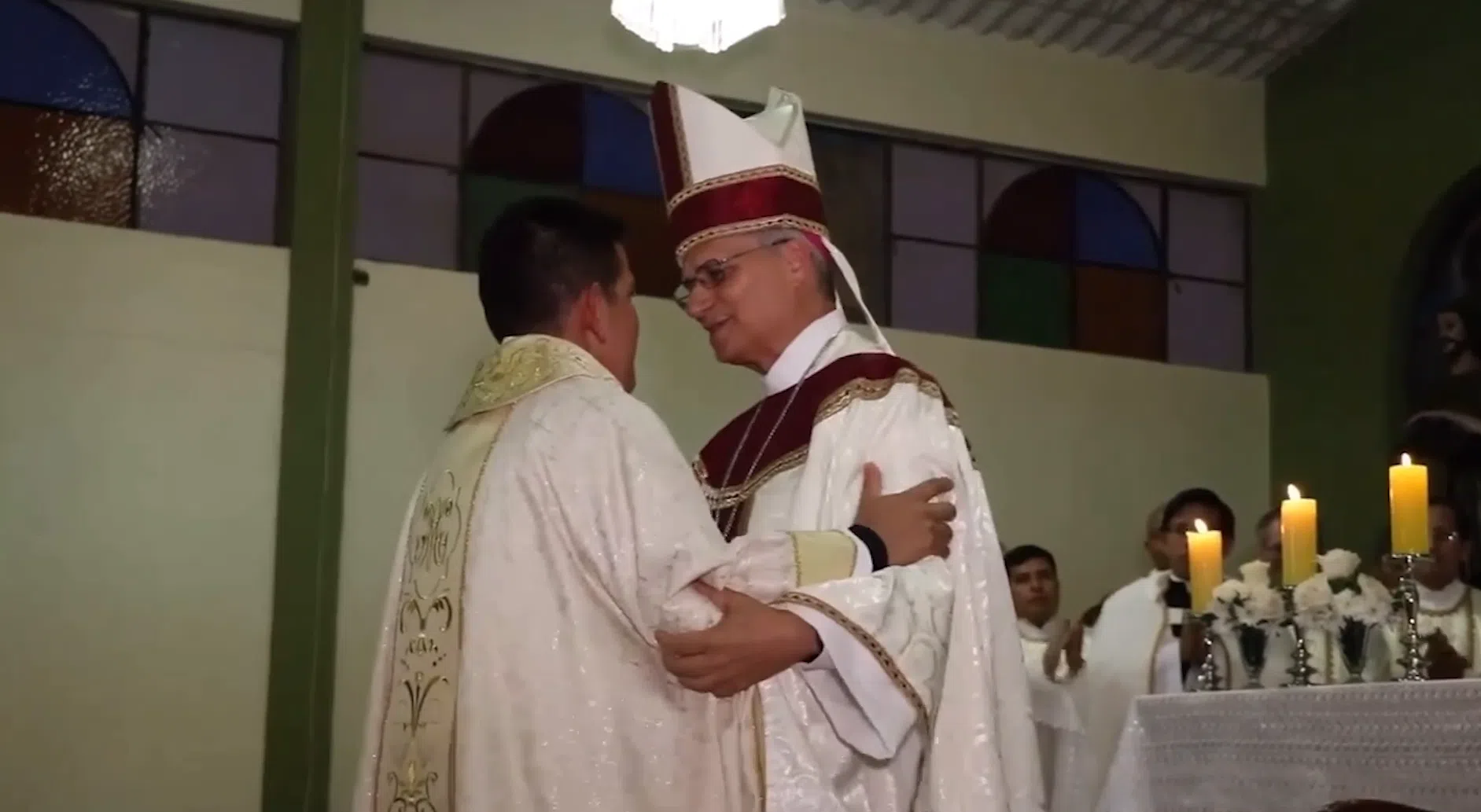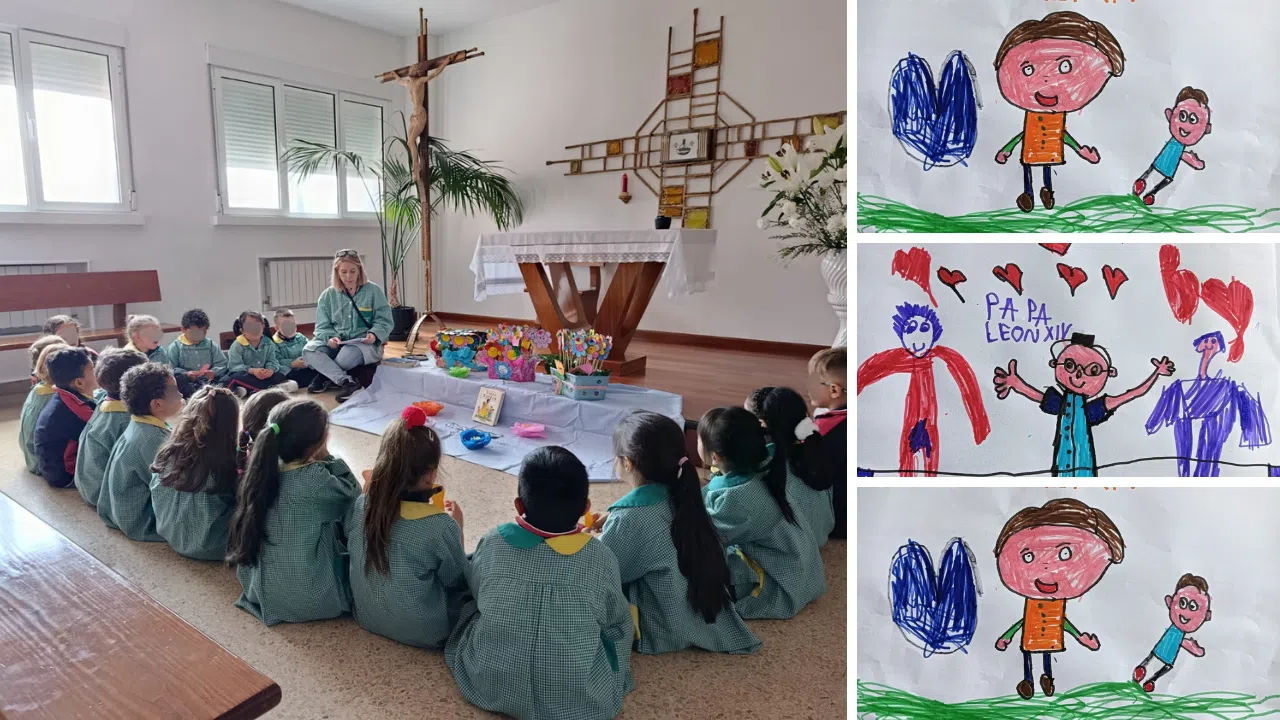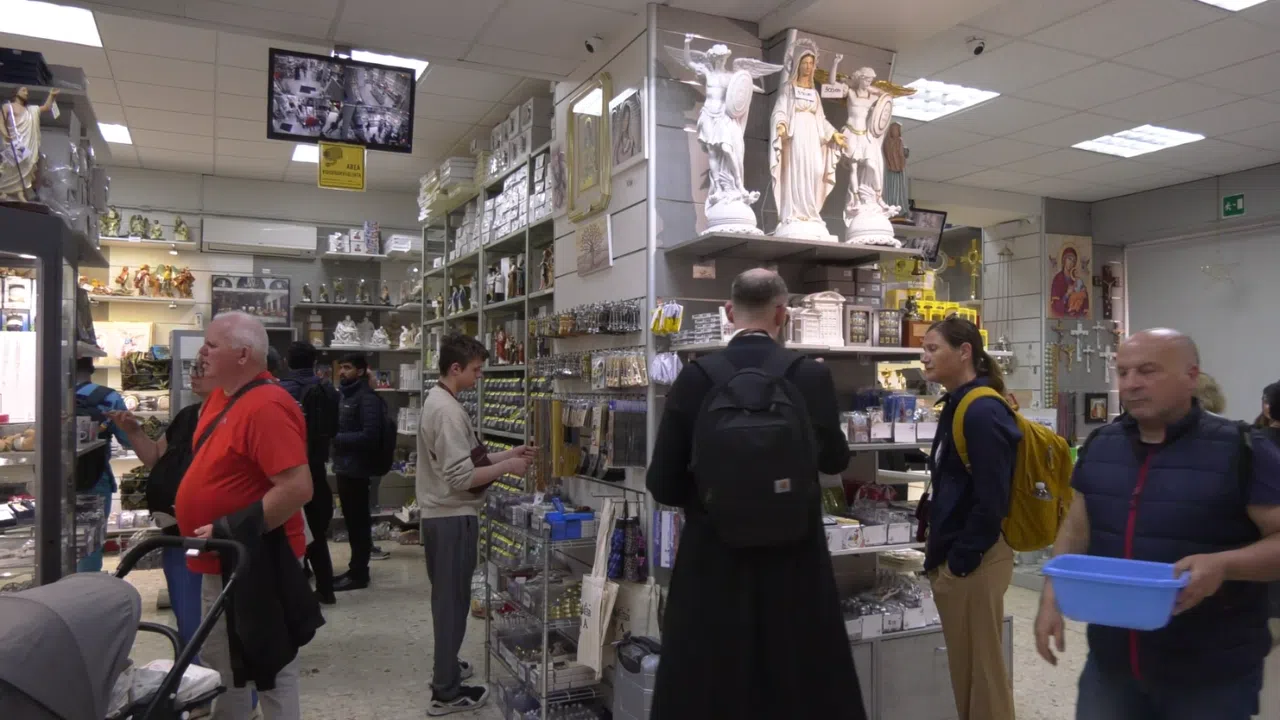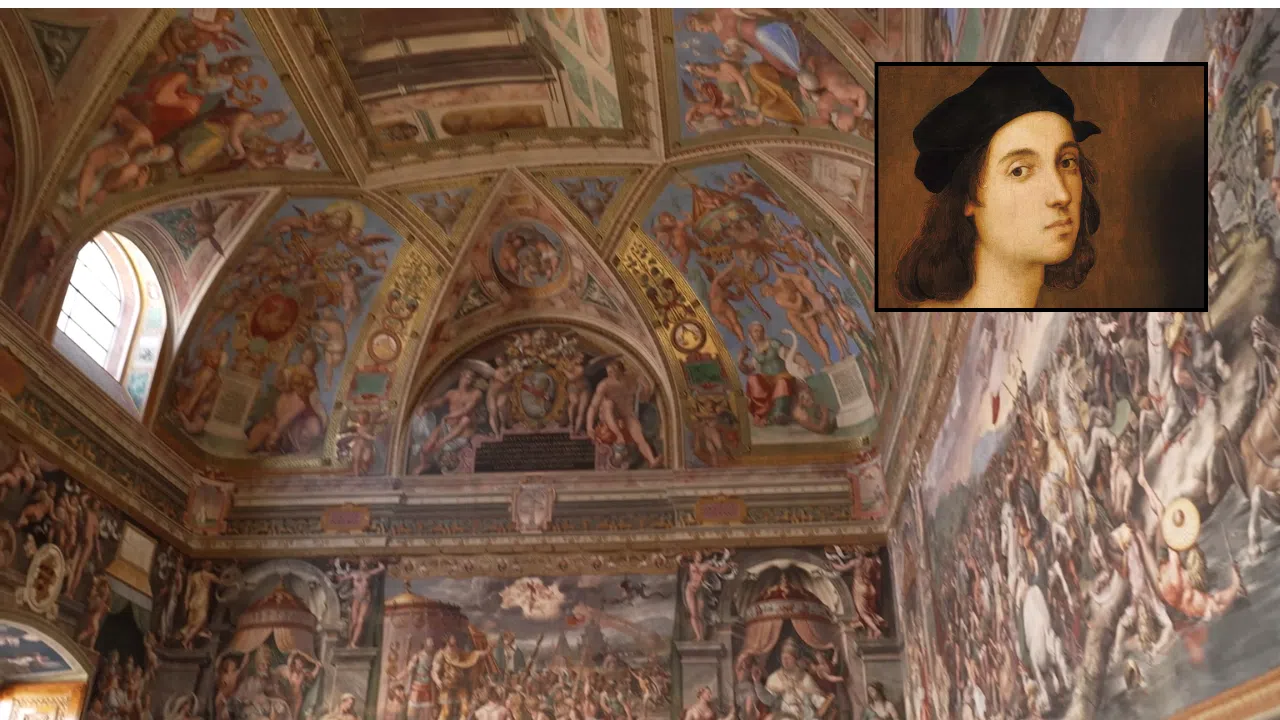As if in a celestial scene, the statues of these angels guide pilgrims to the Vatican. Before arriving, however, it's impossible not to raise one's gaze to this castle from the year 123 and see the image of St. Michael the Archangel at the top.
Pope Gregory the Great experienced this same scene in the year 590, during a procession asking for the end of the plague that was keeping the city of Rome in isolation.
FR. SIMONE RAPONI
Historian
“The moment in which all the people were close to Castel Sant'Angelo, carrying with them the image of the Salus Populi Romani—the image of Our Lady that's kept at St. Mary Major—a group of angels appeared singing the Regina Coeli. The pope looked up at the top of the castle and saw St. Michael the Archangel cleaning and sheathing his bloody sword. That was the sign that marked the end of the plague.”
The statue isn't there randomly, nor is it the original. The one seen today has a classical design, with Roman vestments. It was completed in 1752.
FR. SIMONE RAPONI
Historian
“It was inaugurated by Benedict XIV on the feast day of St. Peter and St. Paul, in the year 1752. The statue is a little over 16 feet tall; it's very large and imposing. It was completed by a Belgian artist. It was the last of a series of statues previously created. Today, a marble statue sculpted during Paul III's pontificate is conserved inside.”
After the miraculous apparition, the structure built to be Emperor Hadrian's mausoleum was renamed Castel Sant'Angelo, acquiring a very important role for the city.
FR. SIMONE RAPONI
Historian
“Later, it will be incorporated into the Vatican with the construction of the Passetto di Borgo. Then it will serve various functions in history. It will become a fortress, a prison, a treasure trove, an archive and a very important place especially for the defense of Rome.”
From above, the imposing statue of St. Michael the Archangel watches and defends both locals and tourists in the Eternal City.
Daniel Díaz Vizzi
Translation: CT
